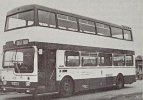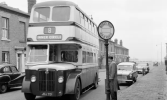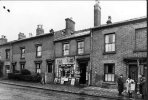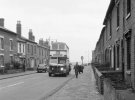NoddKD
master brummie
There is a similar system in Saracen armoured cars. The pedal is called,wait for it........the gear change pedal,orGCP.Thank you David, that is what I thought the semi automatic gear box might be, the pre selector. I don’t remember the name of the left most pedal either.
NoddKD










